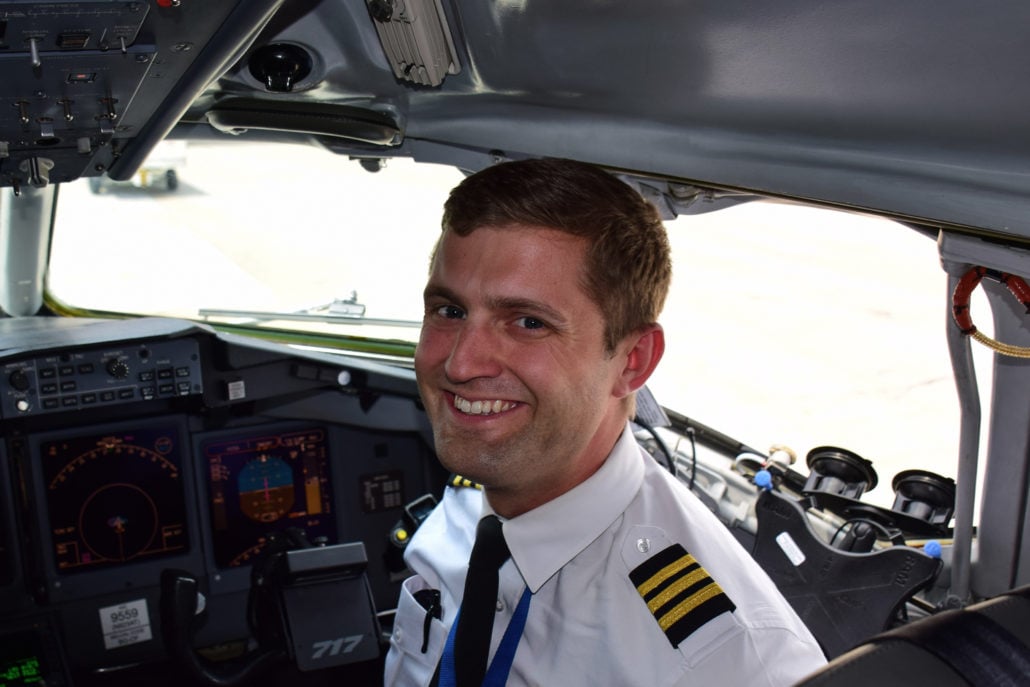
In our Ask a Pilot series, pilot Spencer Marker answers one of your aviation-related questions each week. See past installments here and submit your own to Whitney@johnnyjet.com.
The question
What happens when an airline decides to retire an airplane and how do they choose when to retire airplanes?
—Todd
The answer
Hey Todd. Thanks for writing in for this week’s Ask a Pilot. This is a fascinating topic for people in the aviation industry to discuss because there are so many variables and outcomes. Airplanes, much like cars, have a useful service life to their operator. And for a number of reasons, there comes a time when that operator will retire a fleet to make room for newer and more advance aircraft. There are lots of reasons operators retire aircraft, so let’s take a look and see what a few of them are. In next week’s article, I’ll discuss what the future holds for these retired aircraft.
Fleet management is central to the operation of an airline. Managing a fleet includes everything from acquisition of new or used jets, aircraft maintenance and the decision as to whether or not to remove airplanes from the fleet.
Economics
Believe it or not, one of the main drivers in the decision to retire an aircraft stems not from its age, but rather its efficiency. American Airlines is in the process of retiring its MD-80 aircraft from service. These airplanes tend to be less efficient than more modern jets and were built primarily in the 1980s and 90s. American has chosen to phase them out in favor of more efficient airplanes from Airbus and Boeing.
Sometimes, very young jets can be retired when their continued operation stops making economic sense. Frontier Airlines’ decision to retire its A318 aircraft comes to mind. Frontier received brand new Airbus A318 jets from the manufacturer from 2003-2007. The smallest brother of the A320, the A318 had room for just 114 passengers and when fuel prices spiked in 2008, they became uneconomical for the airline to operate. All the aircraft were removed from service by 2013. Following their retirement, parts were removed to support the airlines’ larger Airbus jets and the young jets were scrapped. Some aircraft were only three-years old when they were removed from service!
On the other side of the coin, when Delta Air Lines and Northwest Airlines merged in 2008, the new airline had a substantial fleet of McDonnell Douglas DC-9 aircraft, some approaching 40 years in service. The airplanes were rather inefficient, but after careful consideration by the company, the decision was made to continue operating the jets, as they were paid for, which substantially lowered the cost of operation. Delta was actually the only airline to operate all major variants of the DC-9 (meaning the DC-9, MD-88, MD-90 and 717) simultaneously. Delta’s last DC-9 was retired in 2014.

Maintenance
Maintenance considerations also weigh on an airline’s decision to retire a fleet type. This can range from difficulty in sourcing spare parts to an upcoming heavy maintenance visit. Airplanes are required to undergo extensive preventative maintenance and during these “heavy checks” the airplane is disassembled so it can be inspected and reassembled. The process costs millions of dollars and for an airplane reaching the end of its life, it may be more cost-effective to retire the aircraft.
Fleet commonality
Airline mergers also lead to fleet changes. When the acquisition of AirTran Airways by Southwest Airlines closed in 2011, many industry observers were curious as to the fate of the large Boeing 717 fleet operated by AirTran. Southwest Airlines had always operated only the Boeing 737 (well, with a few exceptions).
Ultimately the decision was made to dispose of the 717s. This was based primarily in the cost savings Southwest had long enjoyed by operating one fleet type. Cost savings included aircraft maintenance (only having to store parts for one type of airplane) and crew training. In fact, many low-cost airlines operate using a single fleet type.
Luckily, the entire fleet of 88 jets found a home with Delta Air Lines and has become an indispensable workhorse of their domestic fleet.
Some folks in the industry are keen to see what the result of the Virgin America. Alaska Airlines’ merger will mean for their fleet. Alaska has favored the Boeing 737 while Virgin’s fleet employs the Airbus A320 series of jets. For now, Alaska has stated publicly that it will continue to operate the Airbuses, but time will tell what the future ultimately holds for Virgin America’s fleet.
To sum up
Thanks for writing in this week, Todd. The decision to retire an airplane is multifaceted and airlines have to look at all the variables associated with operating that airplane, whether it be maintenance or fleet commonality. However, since the airlines are in the business of making money, everything ultimately boils down to economics. And if an airline cannot justify the cost of continuing the operation of an aircraft type, then retirement from service becomes the best option.
Next week, I’ll go over what happens to an aircraft after the decision has been made to retire it from service.
Thanks again for your question! And if anyone have a burning aviation question or something you would like cleared up, drop us a line at Whitney@johnnyjet.com to get your question featured in an upcoming Ask a Pilot column.
Tailwinds,
—Spencer







